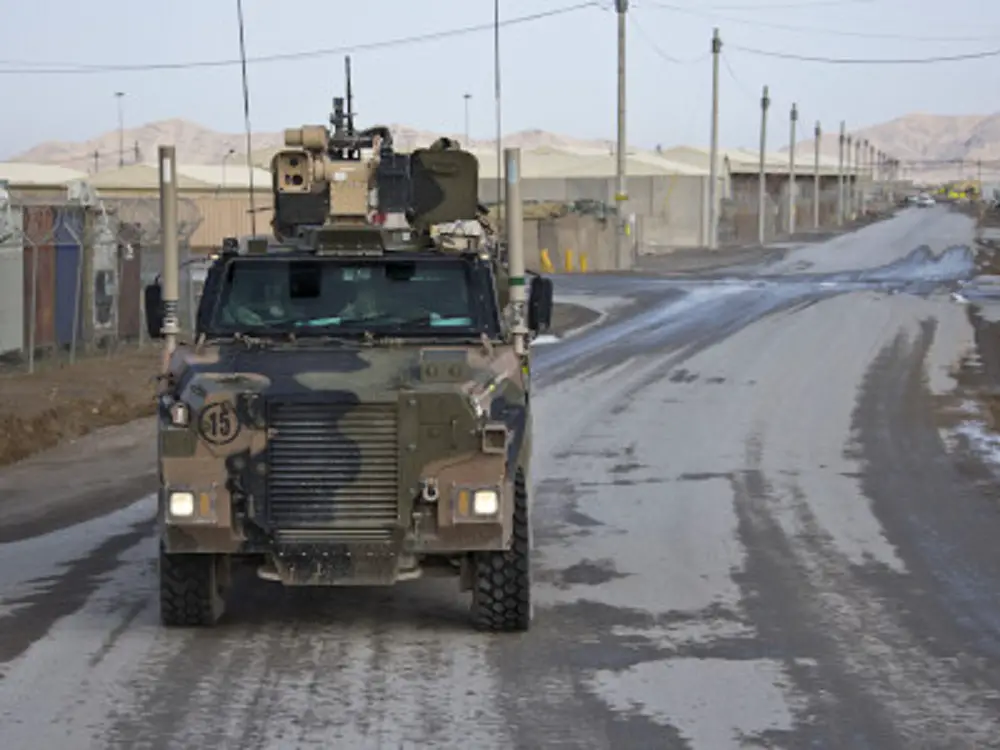Ever wondered what happens if you blow up a fluid-filled container? Creative thinkers from Defence Science and Technology Strategy (DST) have shown that water can help protect armoured vehicles from bomb blasts. Armoured vehicle designs must find a balance among requirements for protection, mobility and firepower. For instance, you could add more and more armour to your vehicle to increase protection. But adding extra weight reduces mobility, eventually to such an extent that you have made the vehicle less safe. What if you could enhance protection without increasing the weight of the armoured vehicle by rearranging the cargo that is already inside it? Enter the humble jerrycan.
“Australian soldiers out on patrol in their armoured vehicle may be carrying hundreds of litres of water with them. So DST came up with a plan to test whether water containers could be repurposed to help mitigate the effects of an explosion, in the event that a vehicle encounters a roadside bomb. DST started with a jerrycan that we bought from a hardware store; that was our first test. But then DST moved on to some more elaborate container shapes that were designed to make the most of the physics.” says Defence scientist Dr Huon Bornstein.

Next, the shape of the containers is important, as DST scientists have determined through modelling and experimentation. The containers deflect the explosive blast, meaning changes in the shape of the containers and their positioning in the vehicle influence where energy is redirected. Thirdly, the blast wave generated by an explosion causes the water in the containers to spread out in all directions. This effect distributes energy over a wider area, helping to reduce damage. Defence scientists have demonstrated that when water containers are positioned in the right places inside an armoured vehicle they redirect some of the energy generated by a blast, helping to protect the vehicle’s occupants.
DST is the Australian government’s lead agency responsible for applying science and technology to safeguard Australia and its national interests. As one of Australia’s largest employers of scientists and engineers, we deliver expert, impartial advice and innovative solutions for Defence and national security. DST vision is to be a world leader in defence science and technology – indispensable in transforming the Australian Defence Force and Australia’s national security.Headed by the Chief Defence Scientist, DST have an annual budget of approximately $408 million and employ approximately 2300 staff, predominantly scientists, engineers, IT specialists and technicians.















